Are you desperate for information you could actually finally apply?
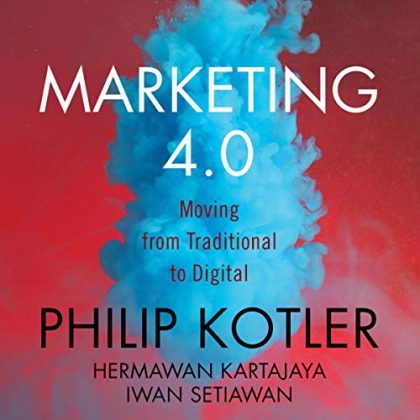
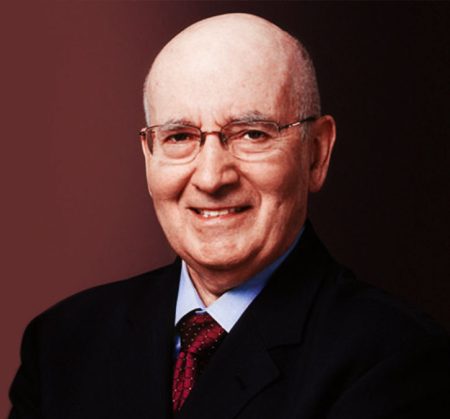


As a content creator myself I have extracted for you 3 concepts that can be applied from the book, and that I have applied myself(or at least started applying). So let’s get straight into it.
!Disclaimer – This blog post contains affiliate links and I might receive a small compensation if you purchase through them (at no additional cost to you).
1. Defining and Influencing the Customer Journey
First, The Concept
In Marketing 4.0 the three authors explain two fundamental ideas.
One – The 5 A’s – Defines the customer path from the moment he becomes aware of the brand and until he becomes it’s advocate/supporter/word-spreader.
The second – The O Zone (O₃) – Explains three influences that the customer has on him during this process.
Now let’s elaborate a little bit.
The 5 A-s
These are the 5 steps of the customer path.
Aware – Coming to understand that a brand exists mostly by word of mouth or ads / remembering the brand when it’s needed.
Appeal – Prospect filters the brands they’re aware of and are attracted to the more memorable ones (Result of marketing) usually closely followed by the next step: Ask.
Ask – A prospect’s curiosity is triggered and he researches the brand through friends/internet/customer service, etc.
Act – The prospect has made his mind and takes action. Purchase/Free Trial/Subscription, etc.
Advocate – A customer is satisfied with his experience and his expectations are met or exceeded, therefore, he tells his friends about it/writes positive reviews/spreads the word.
The purpose of marketing 4.0 is to help us bring the audience from Aware to Advocate.
The O-Zone (O₃)
During each of the 5 A’s the customer is under one or more of 3 influences: The Outer, Other and Own.
Outer – Brand generated influence as a result of: Advertisements/content/customer service conversations/market research, which carve out the opinion of the prospect.
Other – Influence from friends/family/other customers. Either in social media/reviews/real-life etc. You get the idea 🙂
Own – Influence which comes from his own experience, for example he saw the brand in action, he used a friend’s product, he used similar brands.
But why should you care?
Application: Why You Should Care, How I Applied It and How You Can Too
Why Should You Care?
It’s worth repeating that the book’s goal and our goal is to bring our audience from awareness to advocacy.
If we know which one of the influences affects each one of the 5 A’s, we will better know what to focus on and what not to focus on, thus saving us time-waste and making us more efficient.
In the e-book version of the book there’s a chart that describes just that, but It’s copyrighted, so while I wait for the permission to use it, here are the general influence distributions in text.
Aware – Others and Outer
Appeal – Outer
Ask – Outer and Others
Act – Own and Outer
Advocate – Own
How I Applied It
Ask – An FAQ Section (Created and added to Footer menu).
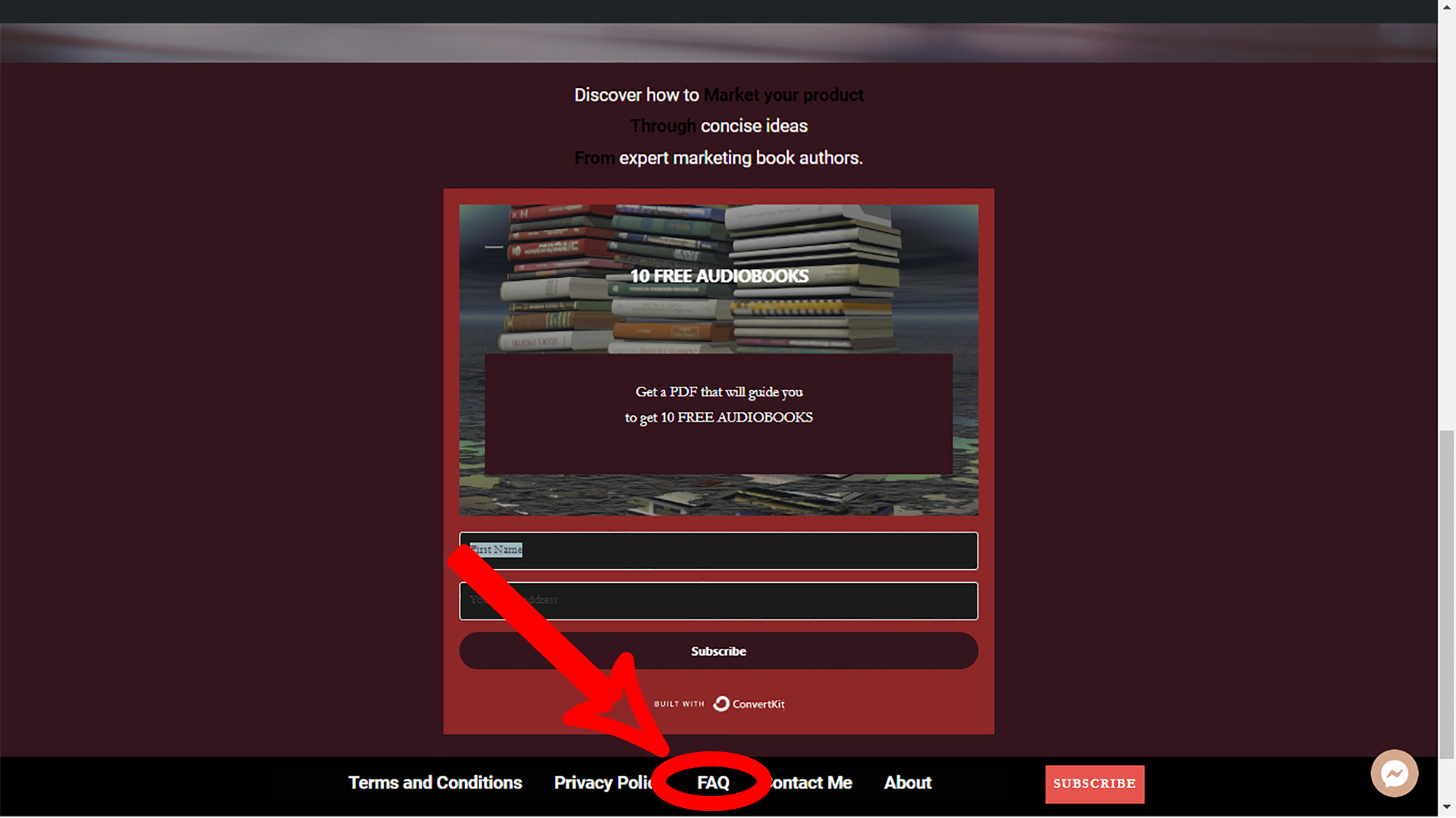
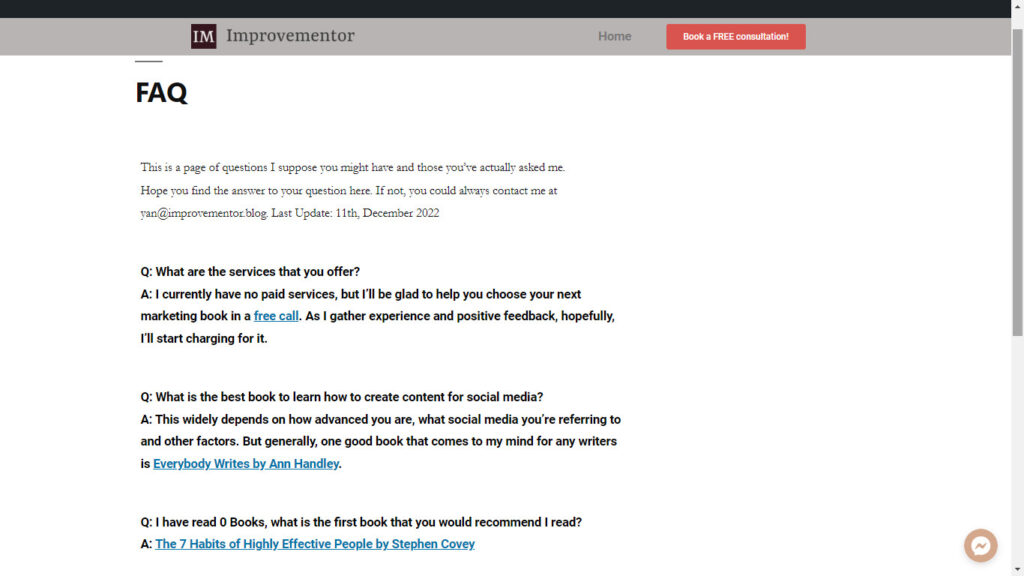
To Possibly Apply Down The Road
Ask – An “Ask the community” section on the blog.
Aware – Explain in the about pages of YouTube and Blog, where the brand is leading the reader. Have testimonials of people who have got where they wanted.
Appeal – Always asking a question at the end of the video, to trigger comments, which will pose influence.
Act – A video testimonial of how someone used a PDF on it’s landing page. Offer Email/Chat support regarding the value of the PDF.
Advocate – Offer Email/Chat support regarding application or understanding.
How You Can Too
Look at what influences are in effect at each stage (above).
And improve your actions accordingly
Outer influence can be improved by adjusting Marketing Communications.
Other influence may be improved by doing Community Marketing activities
Own influence is to be improved by post-purchase customer experience mostly.
You may also look at my examples and model or even copy them 🙂
2. Attract Customers by Human-to-Human Connections (Awareness to Attitude)
Concept: Determining Anxieties and Desires of the Audience
To get customers from Aware to Appeal(See concept 1), we should find out their anxieties and desires.
The authors describe 3 methods to do that:
Social listening – Just watching what customers are saying on social media and drawing conclusions about their desires and anxieties from that.
Netnography – Just like Social Listening but the researcher also interacts with the community, and draws a personal opinion of the desires and anxieties.
Empathic Research – Multiple people from multiple professions and background doing Social Listening and Netnography and then, discussing it with each other and with customers. This most complicated process of the three usually gives birth to a new product/campaign/customer experience which pleasantly surprises the customer.
Concept: Connect With Audience by Being Human
After finding out the customer’s human anxieties and desires, it is time to show the human side of the brand.
This can be done through demonstrating 6 qualities: Physicality, Intellectuality, Sociability, Emotionality, Personability, Morality. Here’s how it is demonstrated in brand terms:
Physicality – Logo or brand visual design.
Intellectuality – An Innovative brand that demonstrates an outstanding ability to solve brand problems (E.G. Tesla, Uber, Airbnb).
Sociability – A brand that engages with his customers as a friend (Comments/Complaints/Social posts).
Emotionality – Connecting with customers through emotions, E.G. Inspiration/Humor.
Personability – Being self-aware, showing your imperfections, and striving to improve them.
Morality – Doing something that is “right” and “ethical”, not necessarily for profit.
Application: Determining Anxieties and Desires of the Audience
I tried Social Listening and read through comments on my own and Rick Kettner‘s YouTube channels (Comments on his videos about marketing books).
It included trying to understand what people’s profession/vocation was, why they actually viewed the video and what they wanted to achieve through this content.
Consequently, I found that it varies greatly, from people who have a cleaning services business to corporate workers.
But basically their (actually our, as I consider myself a part of my target audience) anxieties and desires are very similar. We mostly want to advance in our career, and we have an anxiety of being stagnant (I’m adding my individual feelings here but it seems quite so).

Application: Adjusting the Humanity of Improvementor
I decided that for the sake of this post I will concentrate only on Physicality, or logo for that matter.
(Because the current one –
– was not very thought out)
The new one, of course, among other things will have to address career advancement and lack of stagnation
to fit the customer’s desires and anxieties.
A Logo Should Be Well Thought Out
First thing I remembered is that each part of the logo is of great importance, and should not be randomly chosen. As Michael Gerber says in The E-myth Revisited (Chapter 17: Marketing Strategy), each part of the logo is of
great importance, and for example if you just switch it’s color, it could have a huge impact.
"It's hard to imagine "Big Orange" instead of "Big Blue." I think IBM's customer would have had trouble buying an orange computer!"
So I have started looking for information about it, and read the article How to Design a Logo: The Ultimate Guide.
While reading it, I realized it should portray the core values of my brand, but what were they?
What Are My Core Values?
What first came to my mind is that in Evan Carmichael’s book Your One Word, After lots of thought (I mean a couple of months kind of lots) I defined my brand with one word: “Meaning”.
But since in the tutorial it asks for two more words, I added Impact and Development(/Marketing)
Another format I considered is defining and using the three elements of my brand according to Start With Why by Simon Sinek – My “Why”, “How” and “What”. My “What” being marketing book summaries, my “How” being YouTube/Blog and my “Why” being Meaning.
Now I had a slight idea of my core values and it was time to think how they could be expressed.
Brainstorming and Continuous Process
Based on the core values, I started brainstorming logo ideas and shall (hopefully) continue the process by devoting one pomodoro at the end of each long workday – 12 pomodoros kind of workday, to picking a logo. Since come on, it’s not like I’m gonna’ make one right now, it’s a process that takes some time. And I wouldn’t want to make this post go over it’s production time which is already ridiculous… ( More than a month at the time of this writing ). So although I didn’t publish a new logo, I started the process and I hope you’ll forgive me :).
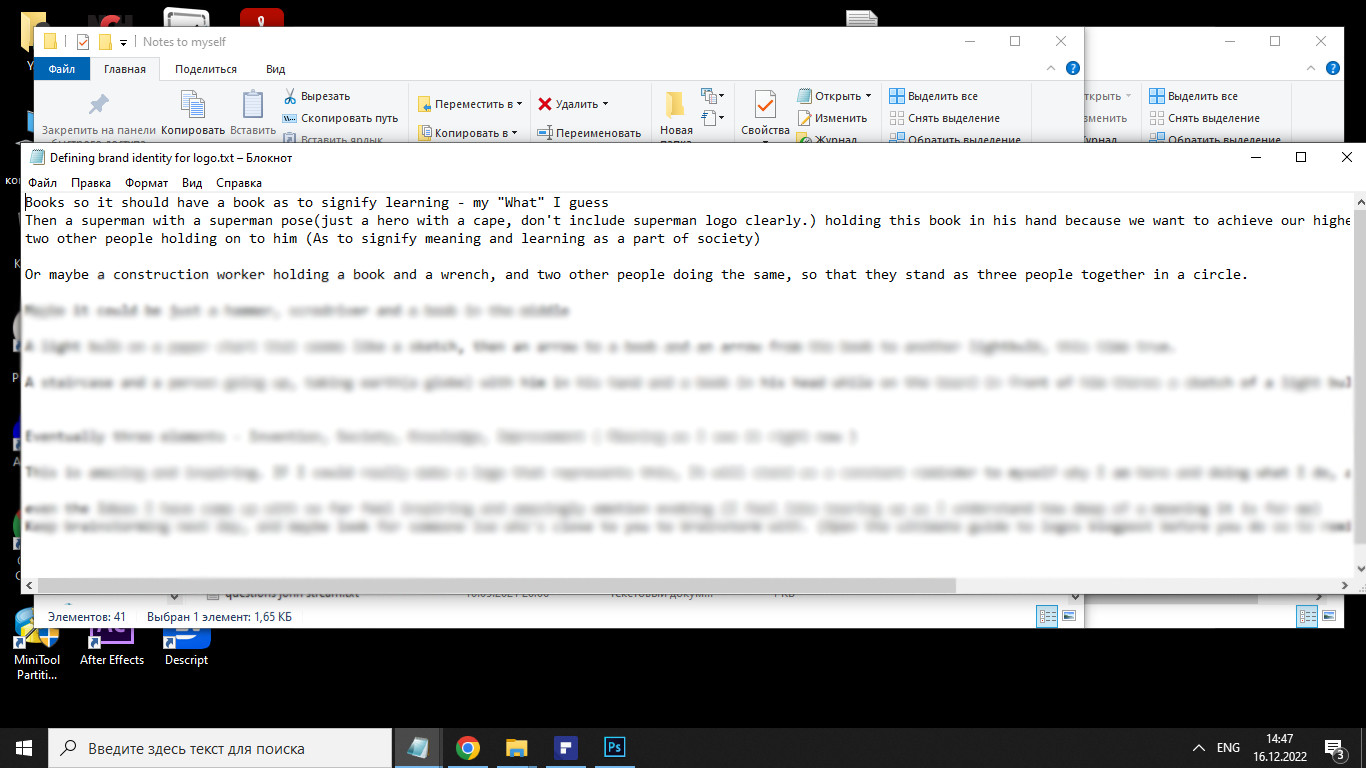
How Could You Apply This Concept?
Maybe you could also pick one of the 6 leader(human) traits and devote half an hour a day to working on them.
3. The 8-Step Content Marketing Framework (From Attitude to Ask)
Wouldn’t you just kill for a template that will, by following it, bring you to success, and making more and more money exponentially just by following it? Well, I guess it’s not that simple, or else everybody would probably do it. You may have a template, but you still need to work some of your individual magic.
Nonetheless, content creators often jump straight into production and forget to focus on pre-production and post-distribution activities. Therefore, the authors show us an 8 step framework for content marketing here, the eventual goal of which is to trigger the curiosity of the customer, so that they get from the Attitude to the Ask stage (See concept 1).
Concept: The 8 Steps of Content Marketing
1. Goal Setting
Set one goal or more in two areas – Awareness related (E.G. Views) and Action related (E.G. Leads)
3. Content Ideation and Planning – Plan relevant, applicable content, which is an extension of the brand narrative. Plan it across media platforms and customer path stages – Not just attitude to ask.
2. Audience Mapping
a. Define audience subculture – Mostly Psychographics*/Demographics*.
b. Define a theme within it that gathers like-minded communities around it ( E.G. Bodybuilding, 3D Printing ).
c. Define the image of the typical person who’s interested in this theme (which will be used to produce content).
3. Content Ideation and Planning
Plan relevant, applicable content, which is an extension of the brand narrative. Plan it across media platforms and customer path stages – Not just attitude to ask.
4. Content Creation
Produce content In-house, taking into consideration the resources it takes or outsource it.
5. Content Distribution
If you build it, they WON’T come. Distribute it through Paid Media*/Owned Media*/Earned Media*
6. Content Amplification
Find a way to get influencers to amplify your reach through win-win relationships.
7. Results Measurement
8. Improvement
Adjust and test the format(Frequency I guess)/theme(Subjects)/distribution channel to fit your Goal Setting(1) and Results measurement(7)
Alright now that you got the idea, back to application ( finally 🙂 )
Application: Re-focusing on a Goal
Further Adjusting CTA to My Goals in The Future
As I realized that my main goals are subscribers to YouTube and E-mail, I remembered to focus again on stating the CTA’s on the end of each content piece.
What’s probably even more important is using the e-mail list after building it!
My E-mail List Fallacy
On my e-mail list, I publish very sporadically, and so subscribers quickly forget about my existence. I think something that could greatly help me with it is e-mail automation. This way at least every new newsletter subscriber will have a list of automated emails they will receive.
So how am I going to do that exactly?
ConvertKit 15$ Membership for Sequence Automation
Just now I have subscribed for the ConvertKit pro plan for the option to send automated e-mails to subscribers. (The plan allows more options, but the reason I subscribed is mainly for this) I thought the cost was 15$, but two days later I realize this is a 14 day trial… Well, I guess the intent is what counts 😀
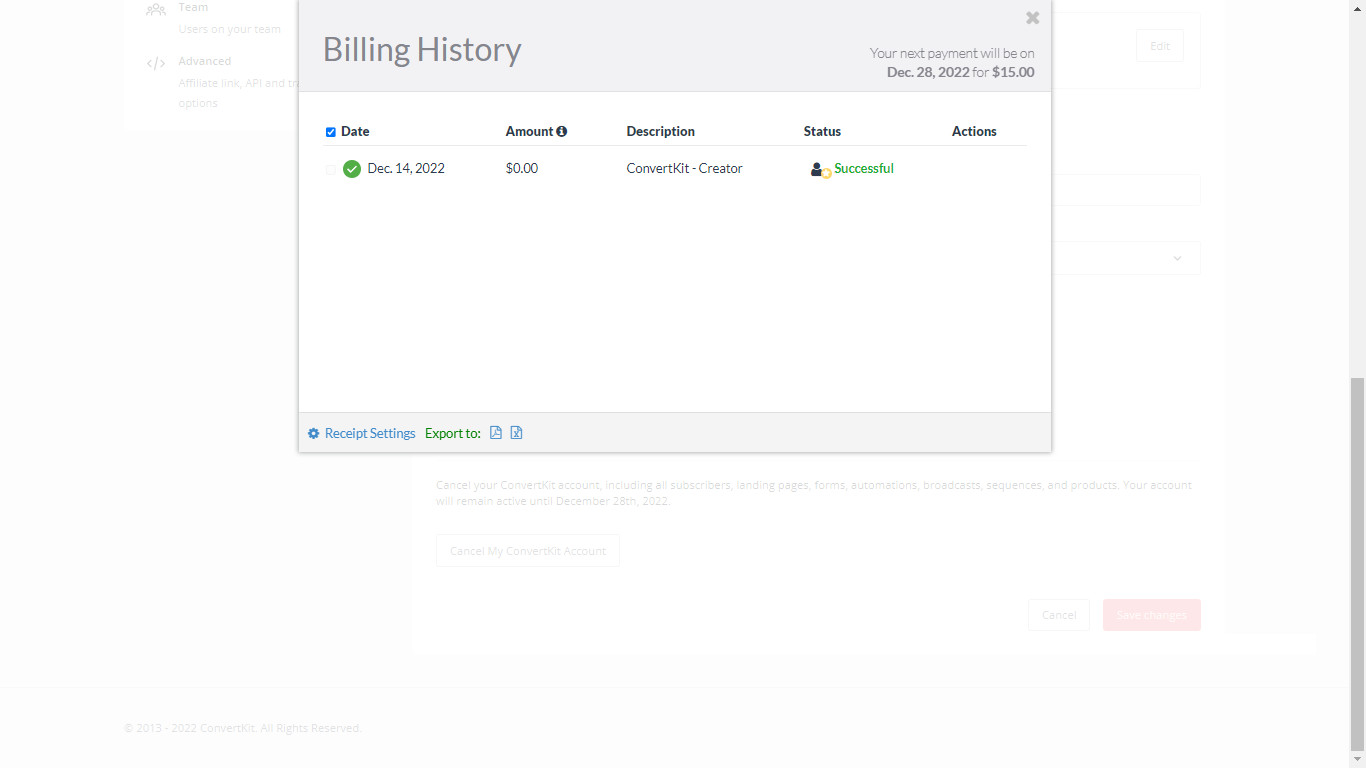
And I have crafted the first e-mail in my first automated sequence.
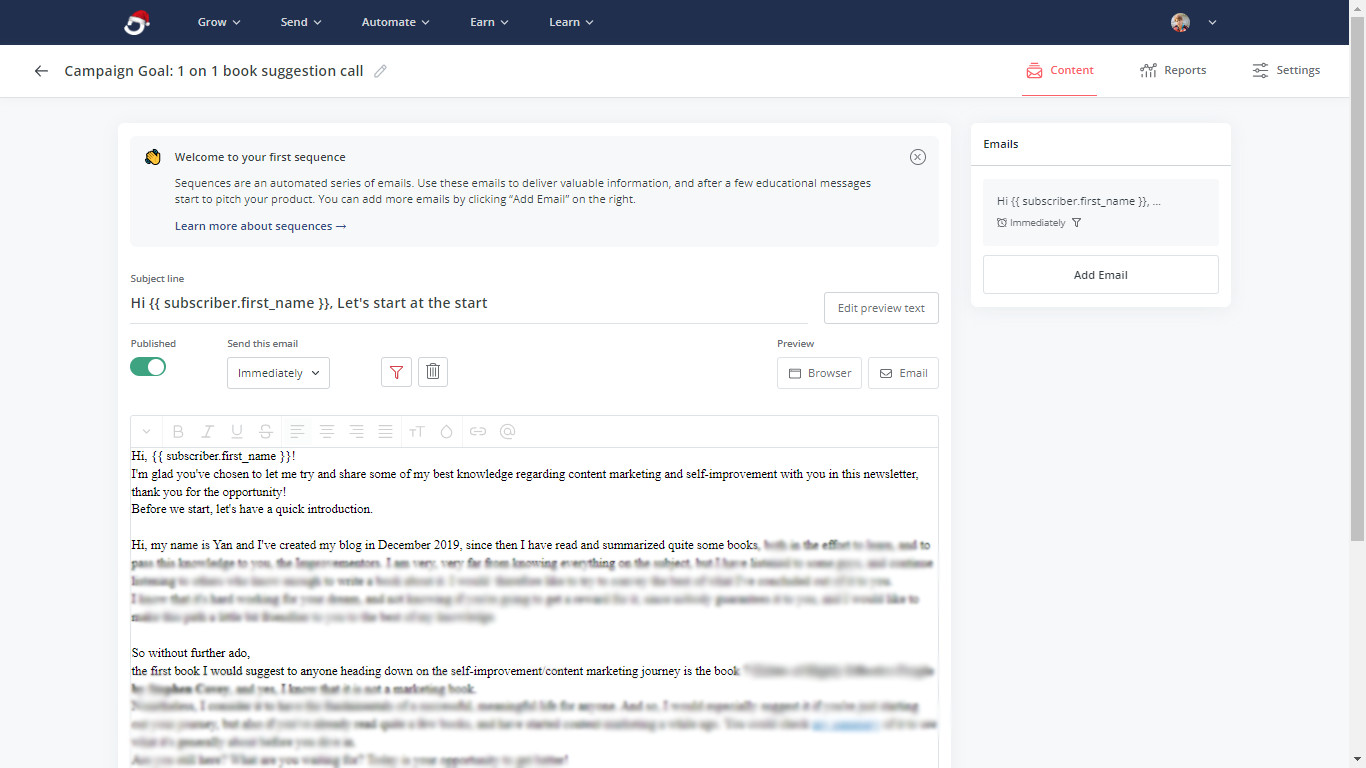
How Could You Apply This?
Go through the framework, and see that you don’t skip any steps. If you do, get to work on that step or one of them if you have a few that you skipped.
If you don’t skip any, see if you can improve some of them.
Conclusion

That’s it, thank you for reading. I realize that the concepts are described briefly here and might sometimes be hard to grasp, but I tried to convey the Ideas to the best of my knowledge considering the format. For more elaboration you could, of course, purchase the book or get it as an audiobook for free.
Also, don’t hesitate to contact me through the contact page for anything at all.
P.S. If you’re still not sure whether to read the book, here’s a 6-parameter 100-scale rating of it.